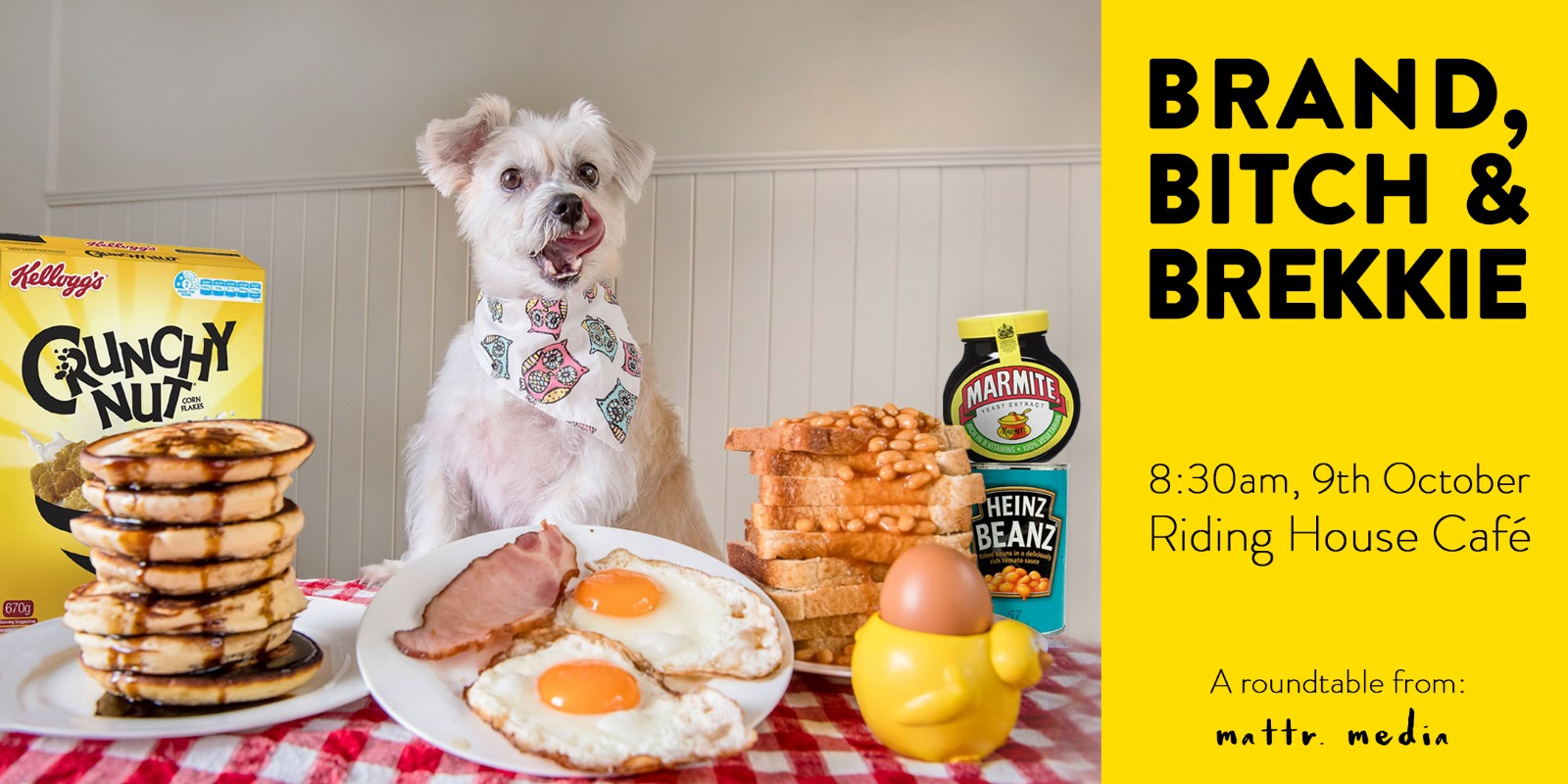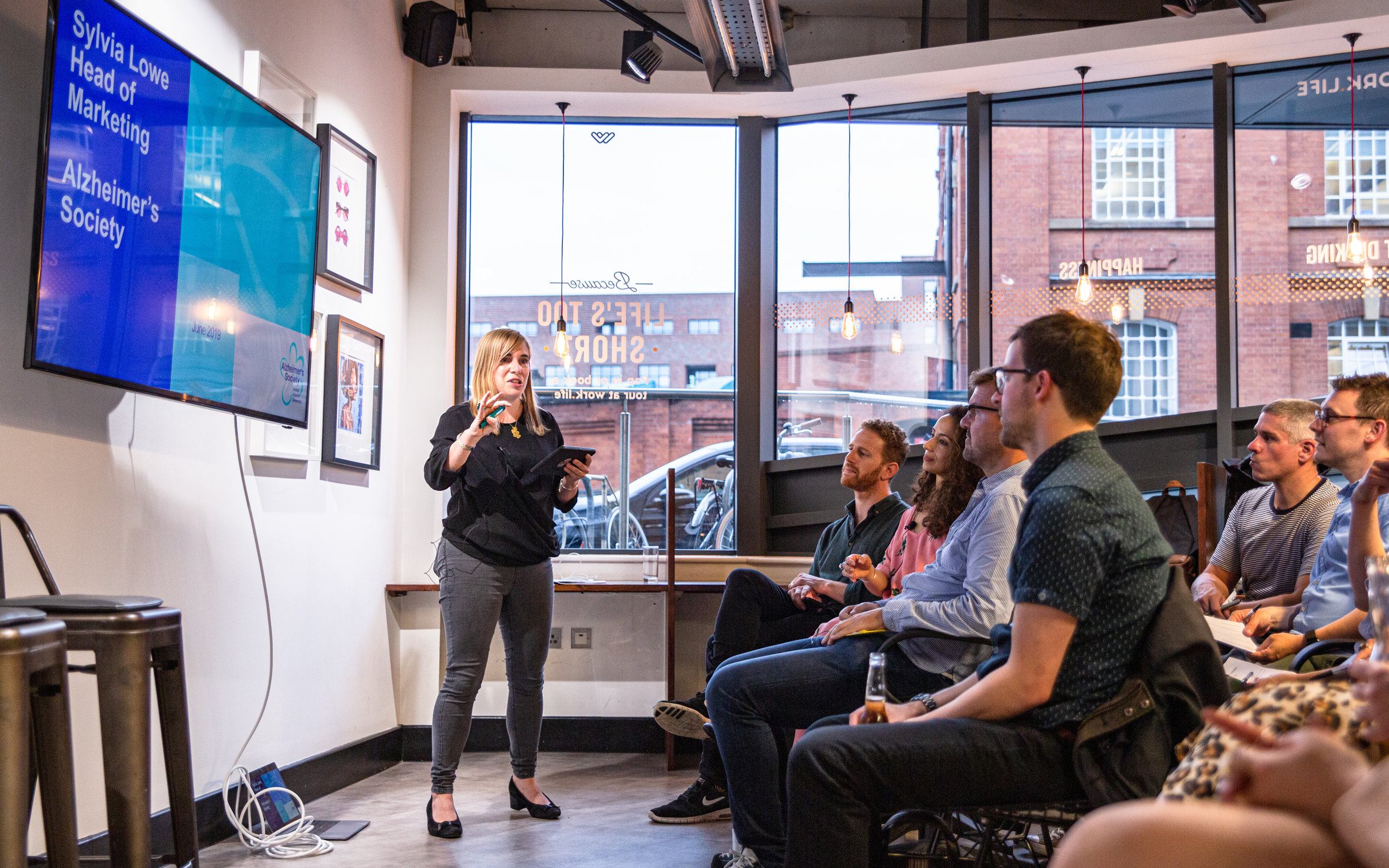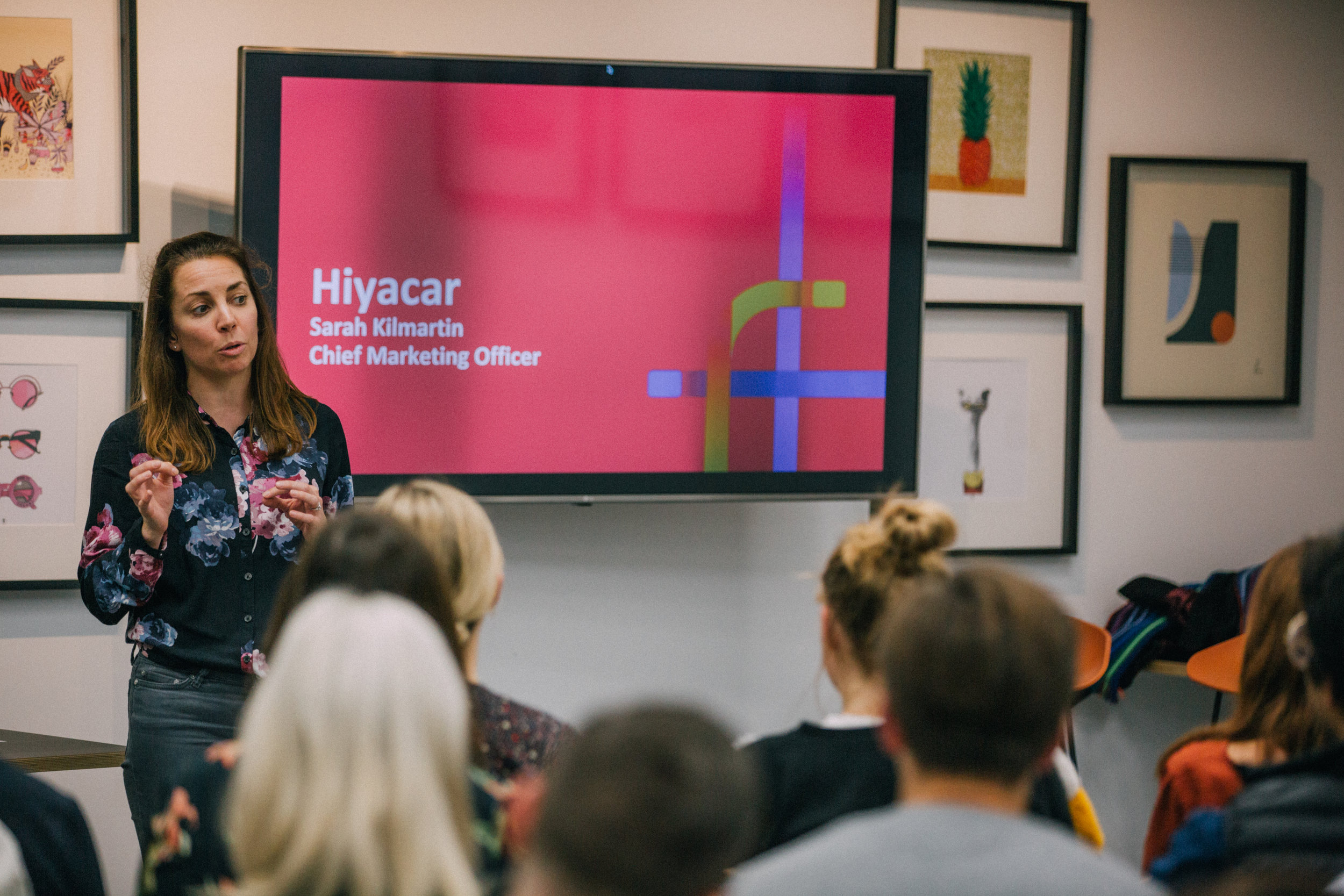Partnership is something we feel really strongly about at Mattr. And living that shouldn’t just impact how we work, it should be something we actively encourage.
That’s why we setup Brand, Bitch & Brekkie, an intimate, no-holds-barred knowledge swap between likeminded senior marketers to help each other navigate the challenges they’re going through.
The latest of these was a real eye opener. Here are some of the golden nuggets spoken about:
Brandbuilding should not be separate to growth marketing
Even if it doesn’t have the same KPIs as more direct performance ads, creative content creates ROI direct marketing simply can’t. Sales teams can use it as conversation starters, HR should see it as tools to onboard best in class talent, and performance teams can make it a means of leveraging data and insights. So factor these in when seeking stakeholder buy-in for your next brand campaign idea!
Never forget the customer
Many comms decisions are based on what people within the business THINK their customer wants. But the trick is really asking them what they actually want. Beyond SEO, Google Keywords and following social trends, it’s worthwhile hosting open office days and regular sessions with your customer service teams to help do this.
Sharing is caring
Utilising communication tools like Slack is a really great way to spark and share ideas when it comes to content planning. From inspiring to funny or interesting stories that people are saying about your brand on social, let your team know about them or otherwise nuggets will get lost in the ether.
Maximising value
Creating content (particularly video) can be expensive. So maximising value is really important. Being able to bank assets on set, re-hash old content with a new spin, or planning campaigns that have lifetime value and can scale, is the key to ensuring you get the most value from your budgets.
If you agree with the above and want to share experiences with like-minded colleagues, why don’t you book a seat to the next Brand, Bitch & Brekkie roundtable on 9th October at Riding House Cafe, Fitzrovia.
Email sunnii@mattr.media or give her a ring on 07772343952 for any q’s!



























